What car insurance coverage do you need?
Car insurance is a critical aspect of owning and operating a vehicle. Not only is it a legal requirement in most states, but it also provides financial protection in case of accidents, theft, or damage to your vehicle. However, determining the right amount of car insurance coverage can be confusing and overwhelming. In this article, we’ll break down the various types of coverage available and help you understand how much car insurance coverage you actually need so you don’t overpay.
Before diving into the specifics, let’s start with a brief overview of car insurance coverage. There are several types of coverage available, each designed to protect you in different scenarios. These include liability coverage, comprehensive coverage, collision coverage, uninsured/underinsured motorist coverage, and personal injury protection (PIP) or medical payments (MedPay) coverage.
1. Liability Coverage
Liability coverage is the foundation of most car insurance policies. It covers the costs associated with bodily injury that you may cause to others in an accident. Most states have minimum liability coverage requirements, but it’s essential to assess whether these limits are sufficient based on your financial situation and assets.
2. Comprehensive Coverage
Comprehensive coverage protects your vehicle against non-collision incidents, such as theft, vandalism, fire, or natural disasters. While it’s not legally required, comprehensive coverage can provide valuable peace of mind, especially if you own a newer or more valuable car.
3. Collision Coverage
Collision coverage pays for repairs to your vehicle in case of an accident with another vehicle or object. If you have a loan or lease on your car, your lender may require collision coverage. Even if it’s not mandatory, collision coverage can be beneficial, particularly for expensive repairs or replacement costs.
4. Uninsured or Underinsured Motorist Coverage
Uninsured/underinsured motorist coverage steps in if you’re involved in an accident with a driver who either doesn’t have insurance or doesn’t have enough coverage to pay for your damages. This type of coverage is particularly crucial in areas with high rates of uninsured drivers.
5. Personal Injury Protection (PIP) or Medical Payments (MedPay) Coverage
Personal injury protection (PIP) or medical payments (MedPay) coverage helps cover medical expenses for you and your passengers in case of an accident, regardless of who is at fault. Depending on your health insurance coverage and state laws, this type of coverage may be optional or mandatory.
6. Property Damage
Property damage coverage covers the cost of property damage that you or a covered driver cause to another person’s property or belongings. This can include damage to other vehicles, buildings, or any other property you may damage in an at-fault accident.
7. Personal Injury Protection (PIP) or Medical Payments (MedPay) Coverage
Personal injury protection (PIP) or medical payments (MedPay) coverage helps cover medical expenses for you and your passengers in case of an accident, regardless of who is at fault. Depending on your health insurance coverage and state laws, this type of coverage may be optional or mandatory.
8. Substitute Transportation Coverage (Rentals)
Substitute Transportation Coverage covers the cost of renting a replacement vehicle while your car is being repaired or replaced due to a covered loss. This can be a good idea to have on your policy if you cannot go without a vehicle for an extended period of time.

What is Full Coverage Car Insurance?
“Full coverage car insurance” is a term often used in the insurance industry to describe a comprehensive insurance policy that provides extensive protection for your vehicle. Contrary to popular belief, “full coverage” doesn’t mean your policy covers everything without limitations. Instead, it typically refers to a combination of coverage types, including liability, collision, and comprehensive coverage.
Liability coverage is essential for covering damages to others if you’re at fault in an accident, while collision coverage pays for repairs to your vehicle if it’s damaged in a crash. Comprehensive coverage, on the other hand, protects your car from non-collision incidents, such as theft, vandalism, or natural disasters.
It’s important to note that “full coverage” doesn’t necessarily mean your policy covers every possible scenario. There may still be limitations, deductibles, and exclusions to consider. Additionally, full coverage policies can vary among insurers, so it’s crucial to review the details of your policy to understand exactly what is covered.
Which car insurance coverage is right for you?
When it comes to insurance, contrary to popular belief, there is no “one-size-fits-all” policy. Understanding what coverage is right for your situation can be the difference between getting adequate coverage and severely overpaying. If you have any questions about what coverage you need, contact us and we can help you navigate the insurance maze.
Assessing Your Risk Factors
Your individual risk factors, such as your driving record, location, and vehicle usage, can also impact the amount of coverage you need. For example, if you have a history of accidents or live in an area with high rates of vehicle theft, you may need more comprehensive coverage than someone who doesn’t.
Evaluating Your Comfort Level and Risk Tolerance
Your comfort level and risk tolerance should also play a role in determining your coverage levels. If you’re risk-averse or have significant assets to protect, you may opt for higher coverage limits. Conversely, if you’re willing to take on more risk or have limited financial resources, you may choose lower coverage limits to save on premiums. Imagine something were to happen to your vehicle tomorrow, would you feel comfortable replacing it without insurance?
Balancing Comfort and Affordability
Finding the right balance between coverage and affordability is crucial. While it’s essential to have adequate protection, you also don’t want to overpay for coverage you don’t need. Shopping around and comparing quotes from multiple insurers can help you find the best coverage at the most competitive price.
Considering Additional Coverage Options
In addition to basic coverage types, there are several optional add-ons you may want to consider, such as roadside assistance, rental car reimbursement, or gap insurance. These extras can provide added protection and convenience but will also increase your premiums.
Tips for Shopping Car Insurance
When shopping for car insurance, it’s essential to compare quotes from multiple insurers, review coverage options carefully, and consider bundling policies for potential discounts. Additionally, be sure to inquire about any available discounts for factors like safe driving habits, vehicle safety features, or multi-policy discounts.
Reevaluating Your Coverage Regularly
Your car insurance needs may change over time, so it’s crucial to reevaluate your coverage regularly. Life events such as buying a new car, moving to a new location, or changes in your financial situation can all impact your insurance needs.
Seek Professional Advice
Navigating the complexities of car insurance coverage can be challenging, so don’t hesitate to contact us if you’re unsure about the right coverage levels for your situation. An insurance agent or financial advisor can provide personalized guidance based on your needs and circumstances.
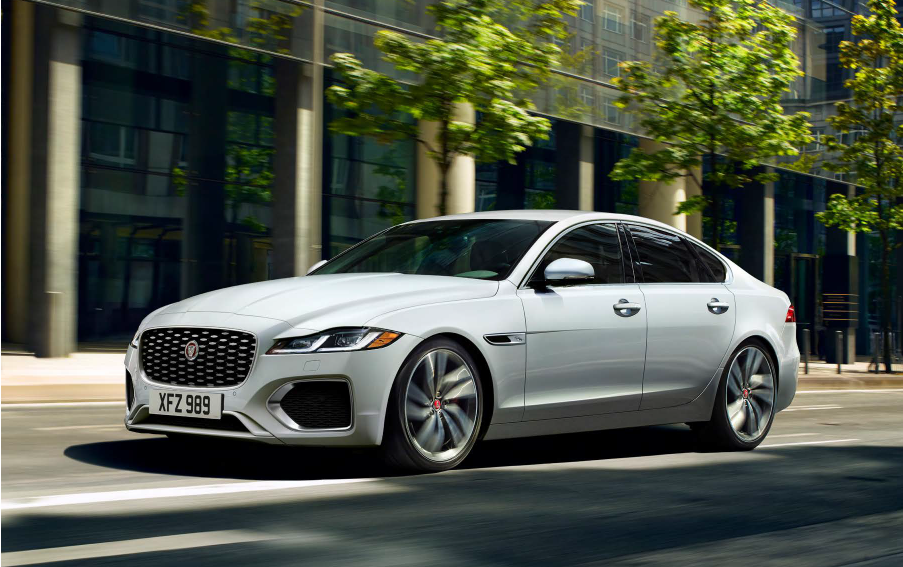
Conclusion
In conclusion, determining the right amount of car insurance coverage requires careful consideration of various factors, including state requirements, personal assets, risk factors, and comfort level. By understanding the different types of coverage available and assessing your individual needs, you can ensure that you have adequate protection in place without overpaying for unnecessary coverage.
FAQ’s
- How do I know if I have enough car insurance coverage?
- Assess your financial situation, personal assets, and risk factors to determine the appropriate coverage levels for your needs.
- What factors should I consider when shopping for car insurance?
- Consider factors such as coverage types, deductibles, premiums, discounts, and customer service reputation when comparing insurance options.
- Do I need comprehensive and collision insurance if my car is older?
- It depends on the value of your car and your ability to cover repair or replacement costs out of pocket. Consider the potential financial impact before deciding whether to drop these coverages.


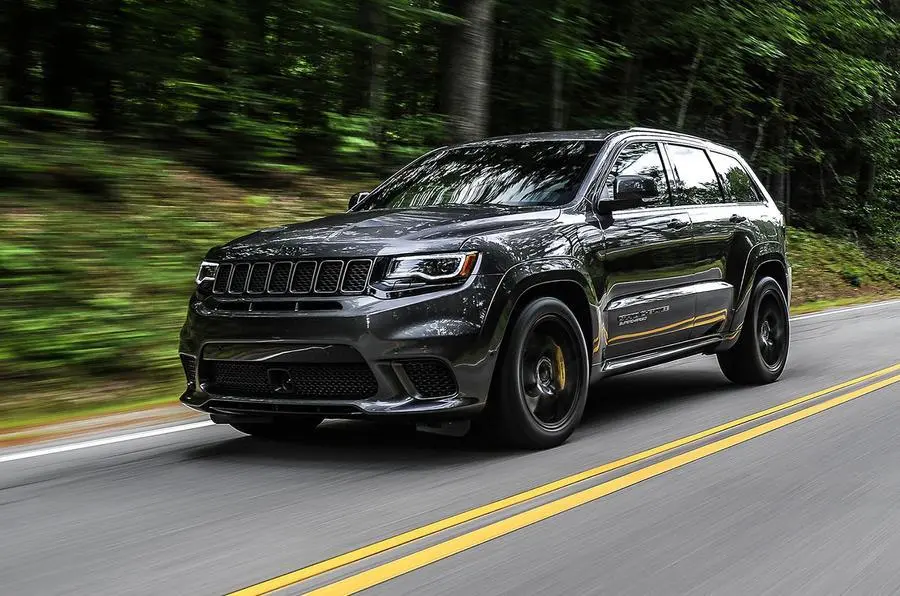
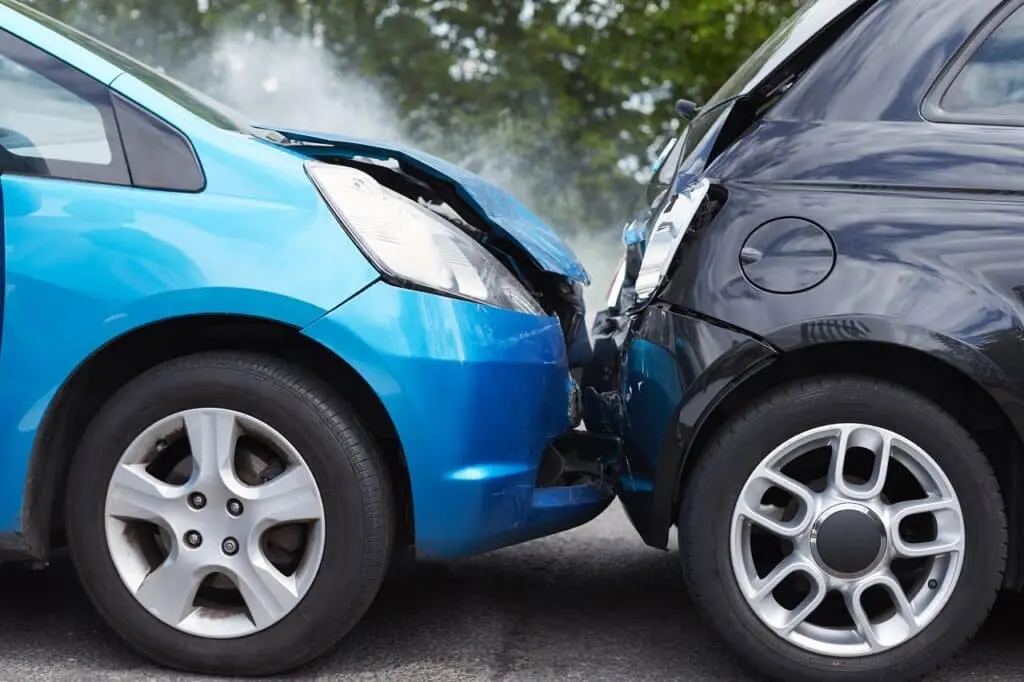

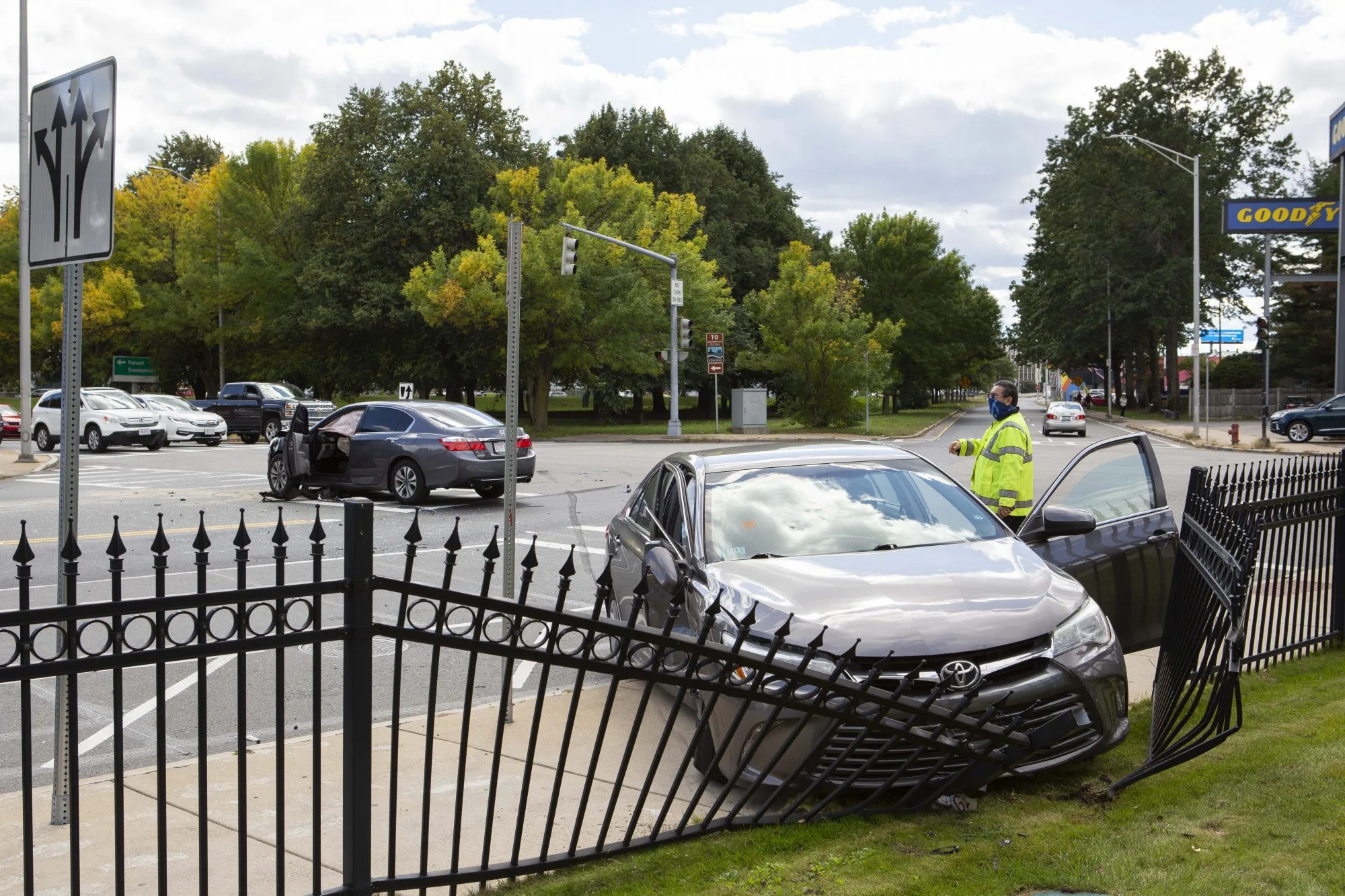
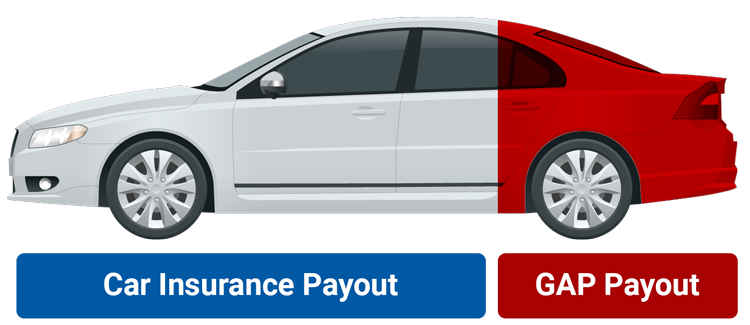
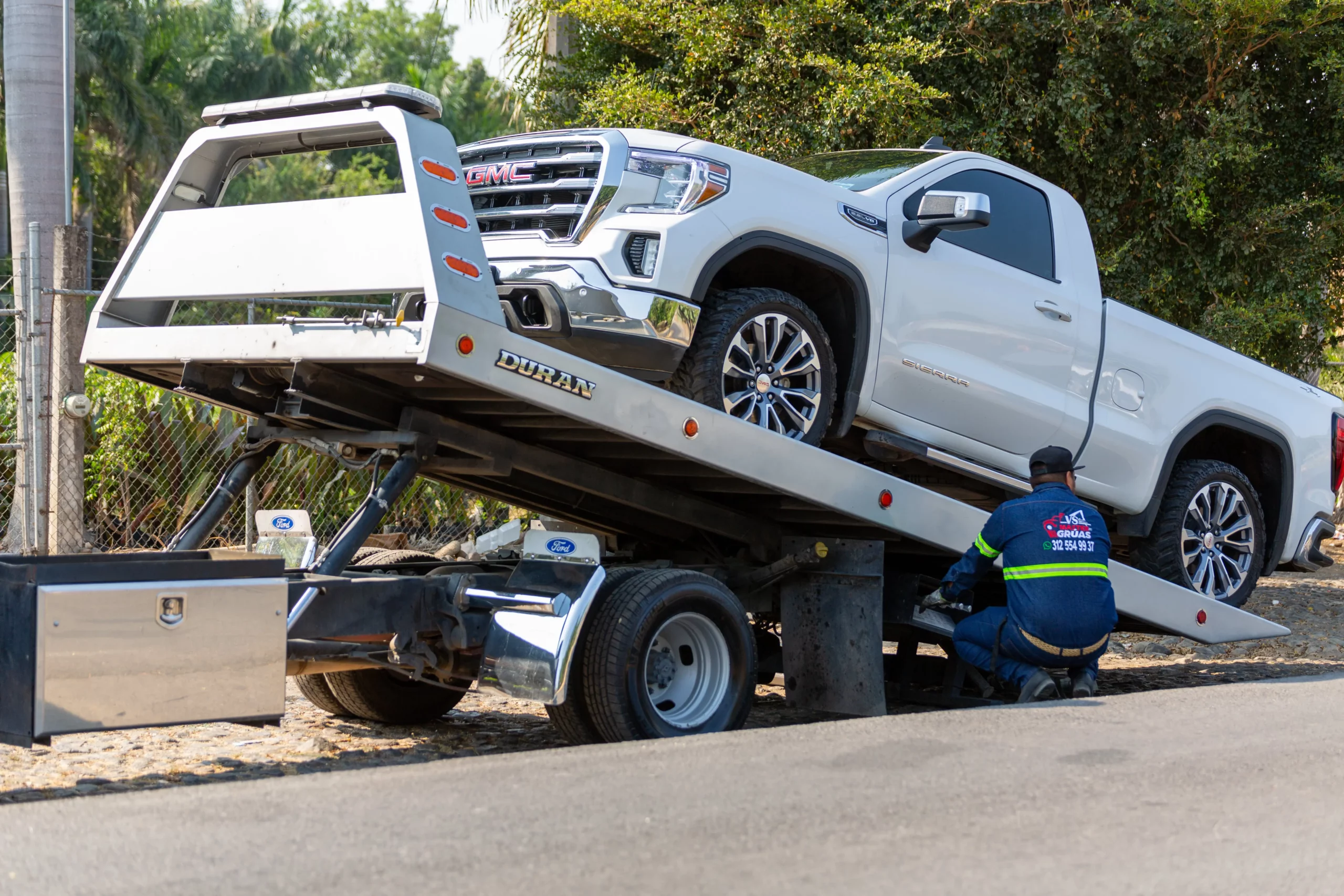
0 Comments